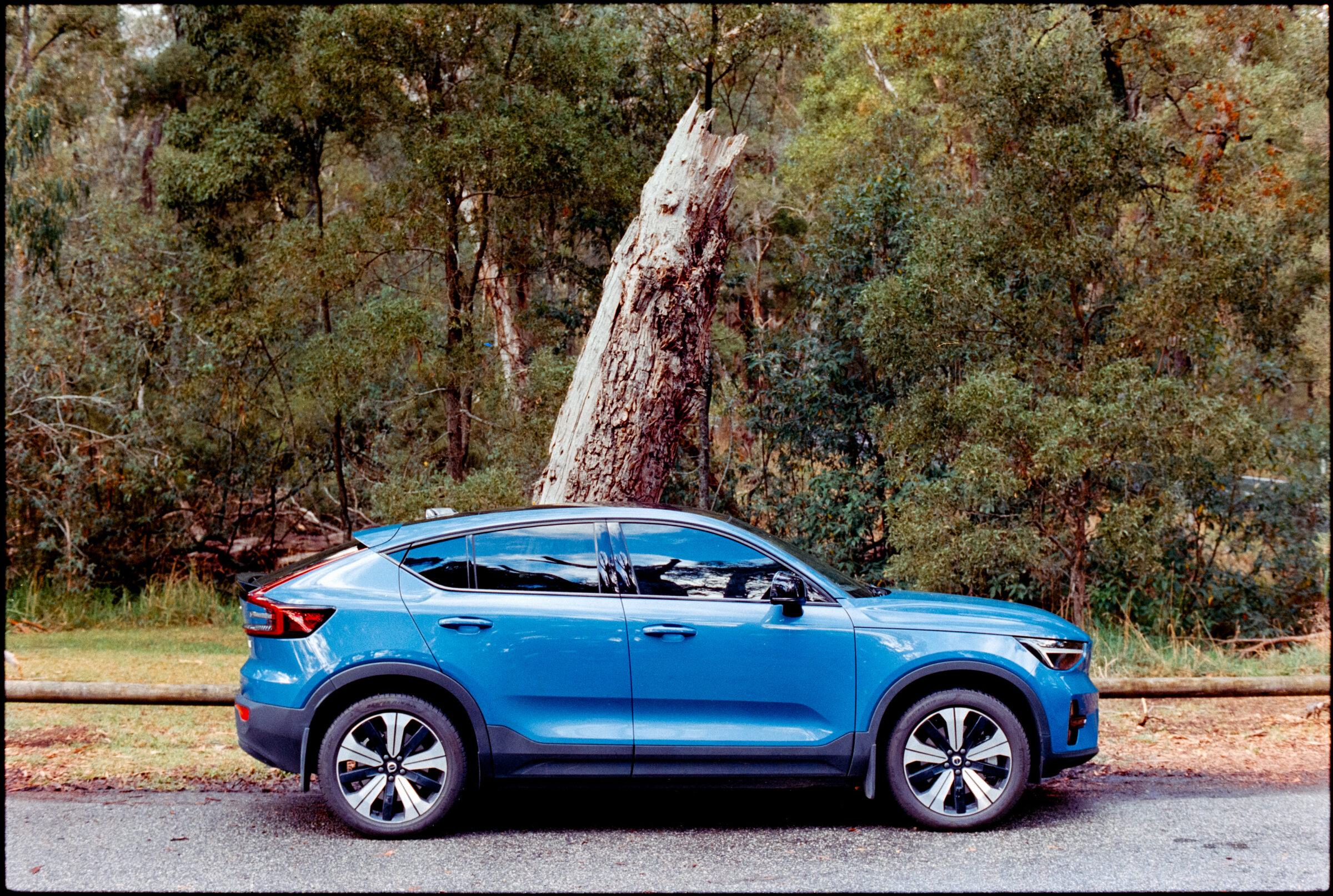Looking for yellow
After my first attempt to find some yellow a few weeks back, and before New Zealand, I managed to find a day to go out for another drive. I hadn’t shot any more photos on the Bronica or the Pentax Z-1 since last time.

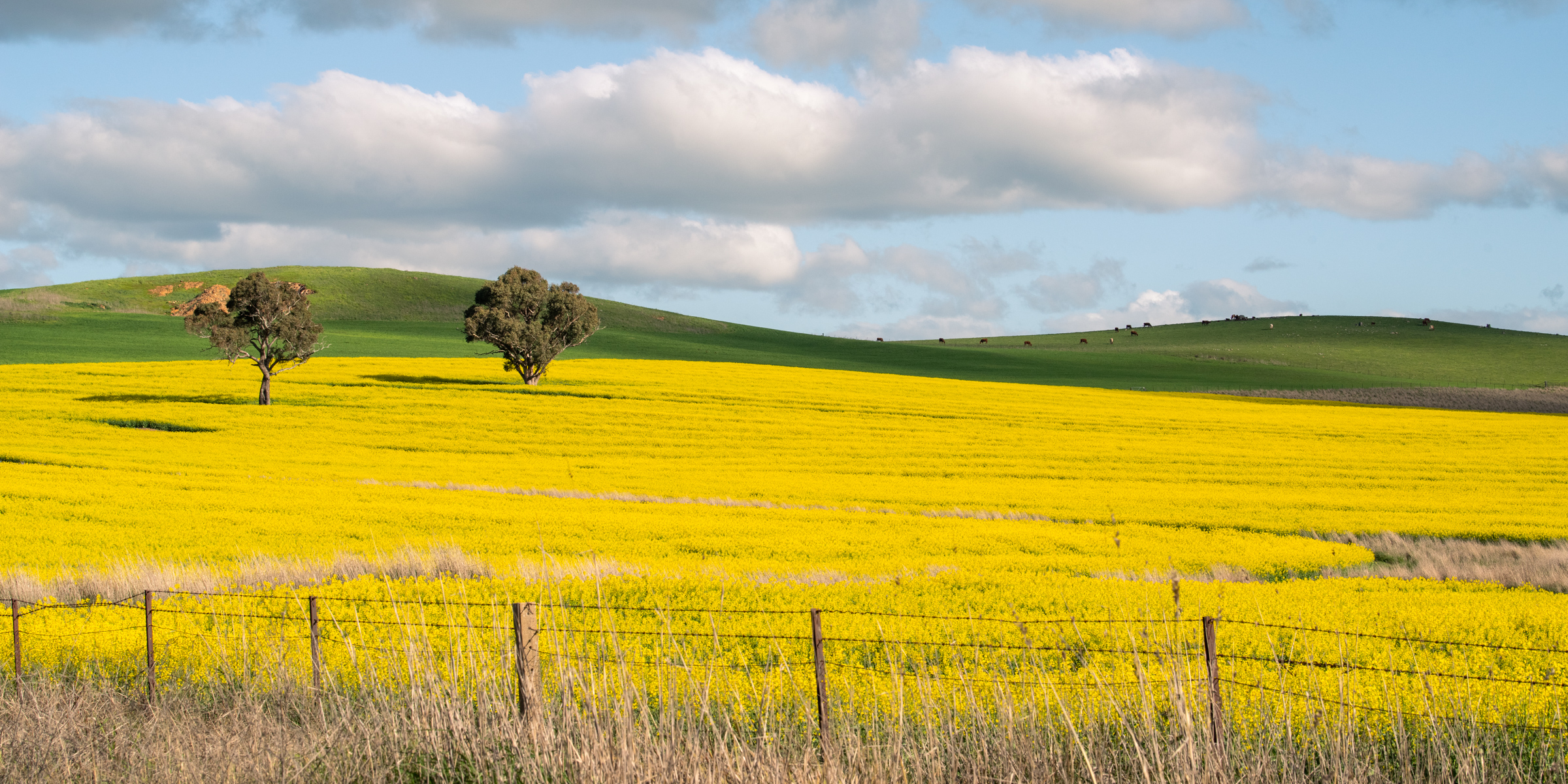
After my first attempt to find some yellow a few weeks back, and before New Zealand, I managed to find a day to go out for another drive. I hadn’t shot any more photos on the Bronica or the Pentax Z-1 since last time.


Following the tradition of previous years (ha, doesn’t look like I’ve written a blog recently for my annual drives around the Riverina in NSW in spring) I went out for a drive.


Part 2
Following on from part 1, I woke up before the sun and drove out to the closest beach to the hotel with the hope of getting some sunrise photos.

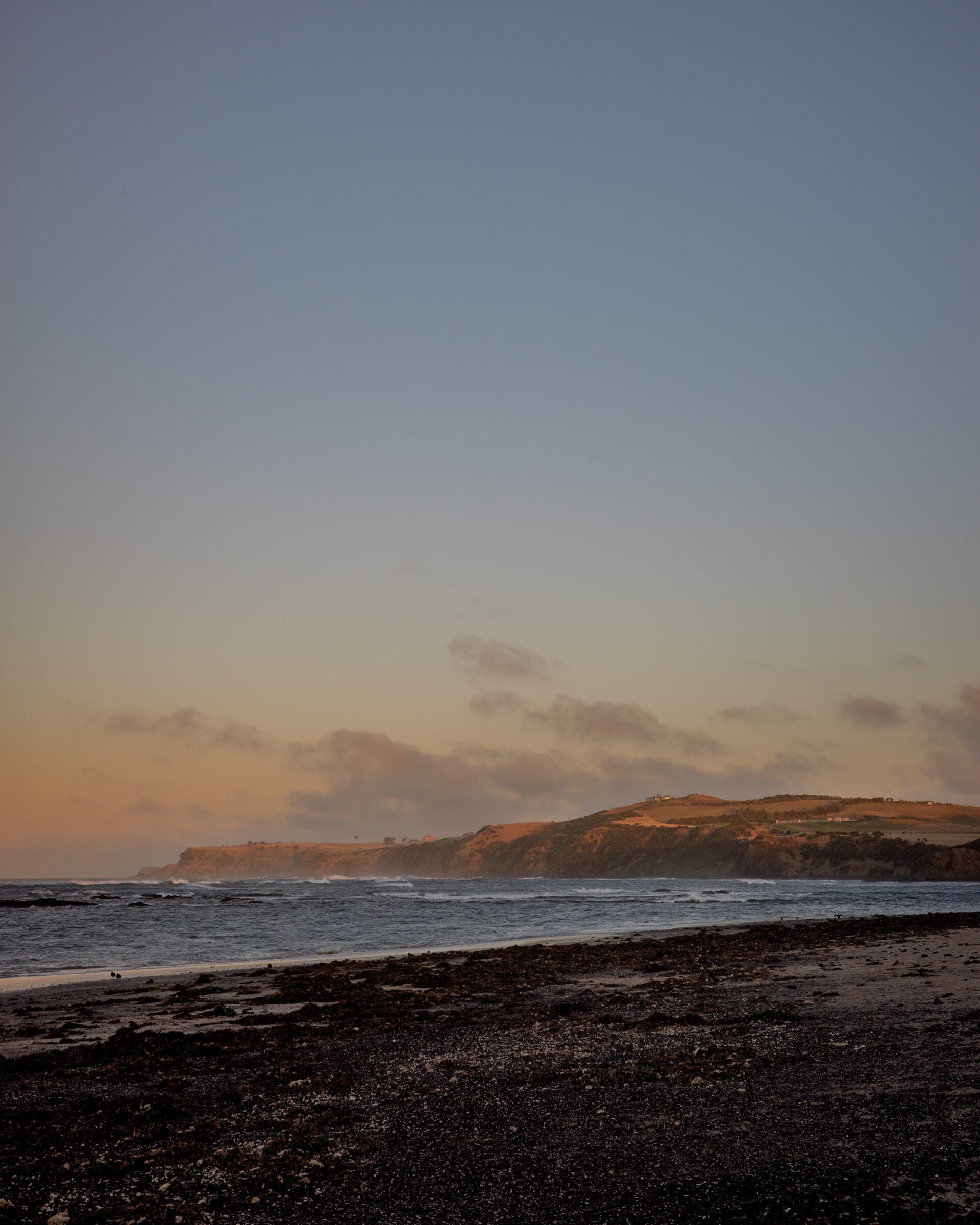
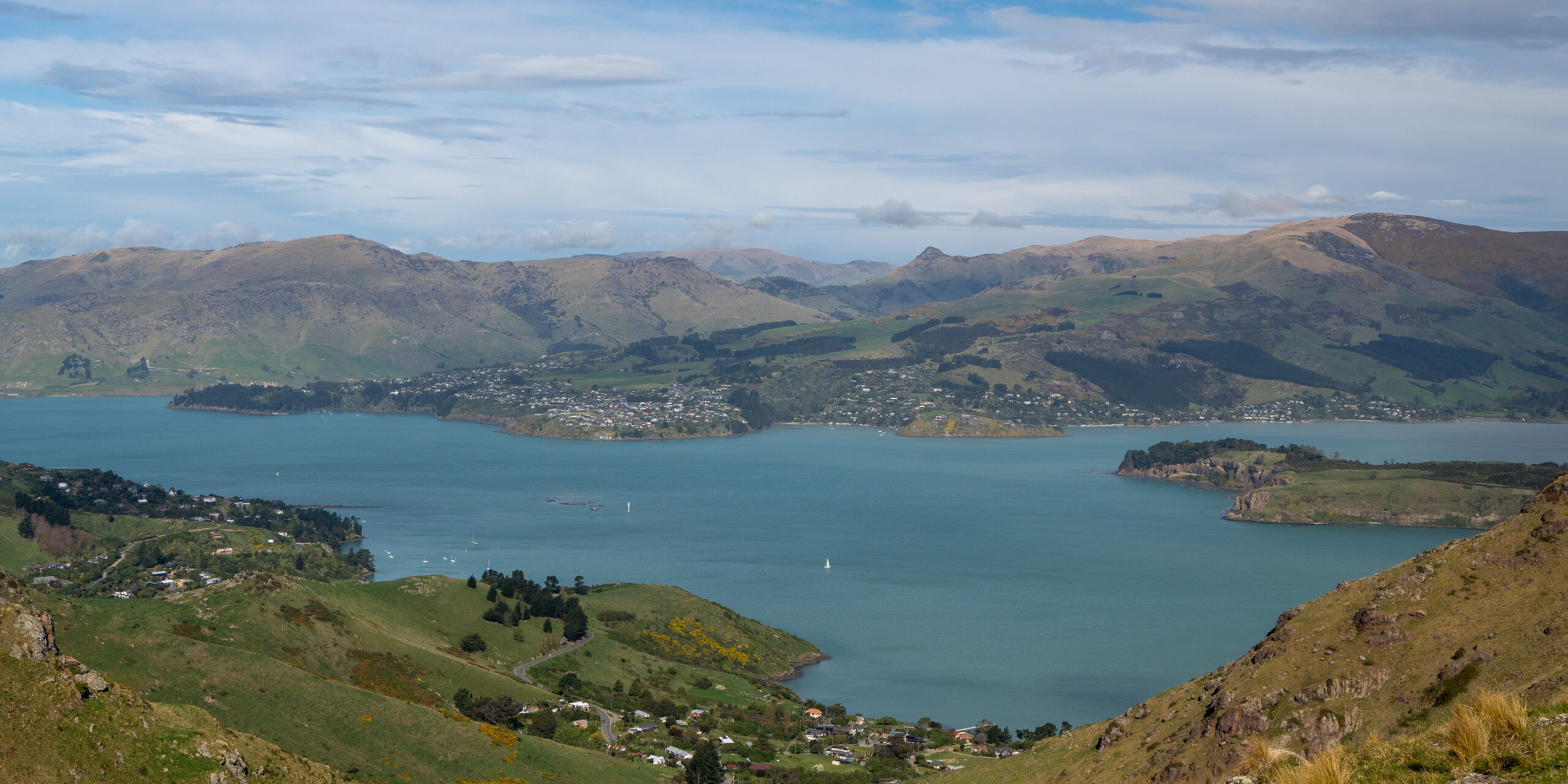
Have I finished my other posts from UK last year? No. Do I still have photos from Easter to get done? Yes. But, if I don’t start this now, will I ever start it? Unclear.
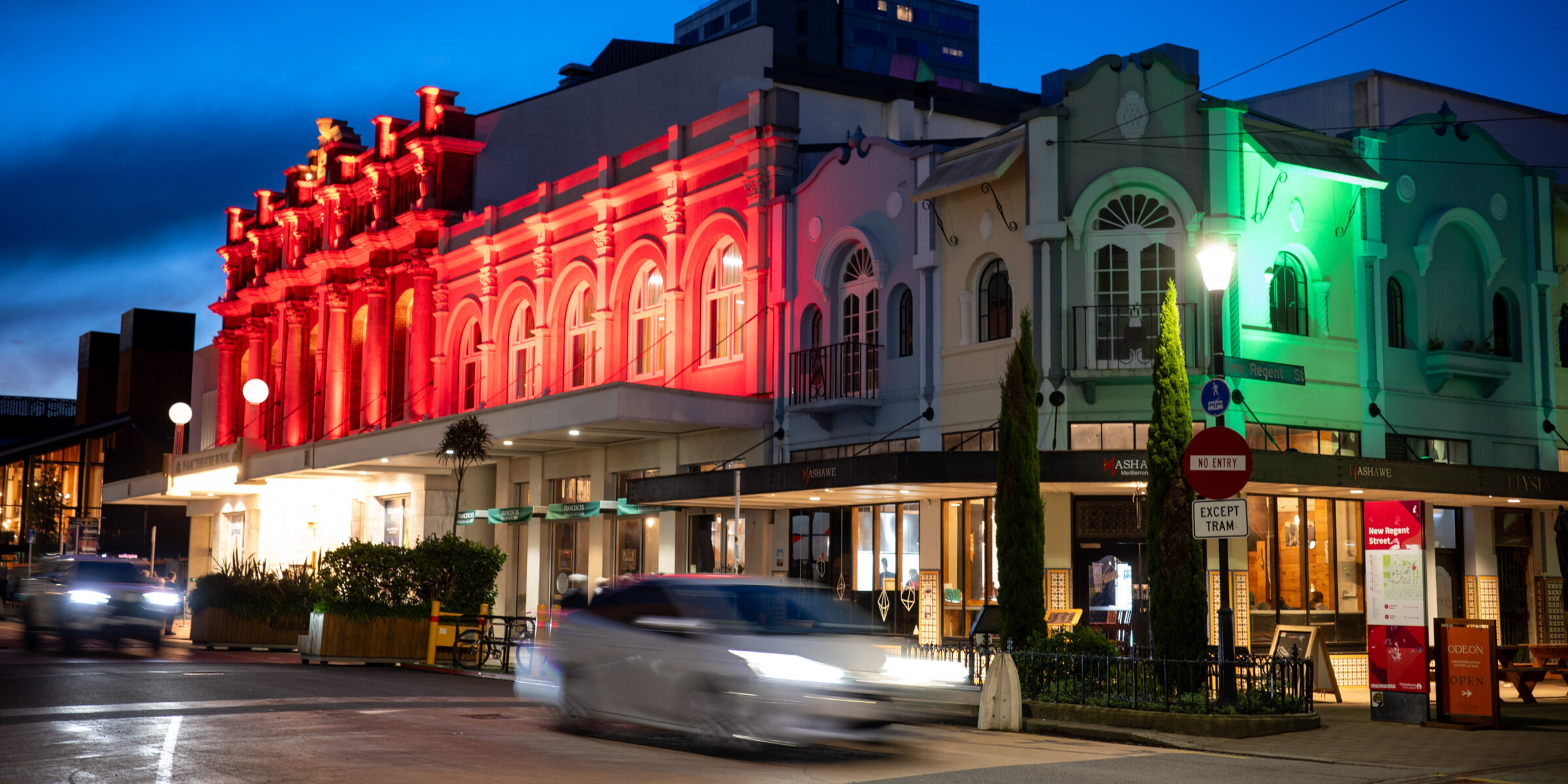
But what about the photos taken on film? Good question, maybe I’ll just draft this now and now publish it for a couple of months – after I process and scan the film.
(more…)
Part 1
Back near Easter I decided I wanted to go away for a few days with the explicit purpose of taking some photos. I had just finished my first roll of film in a long time and decided I wanted to shoot some more.
